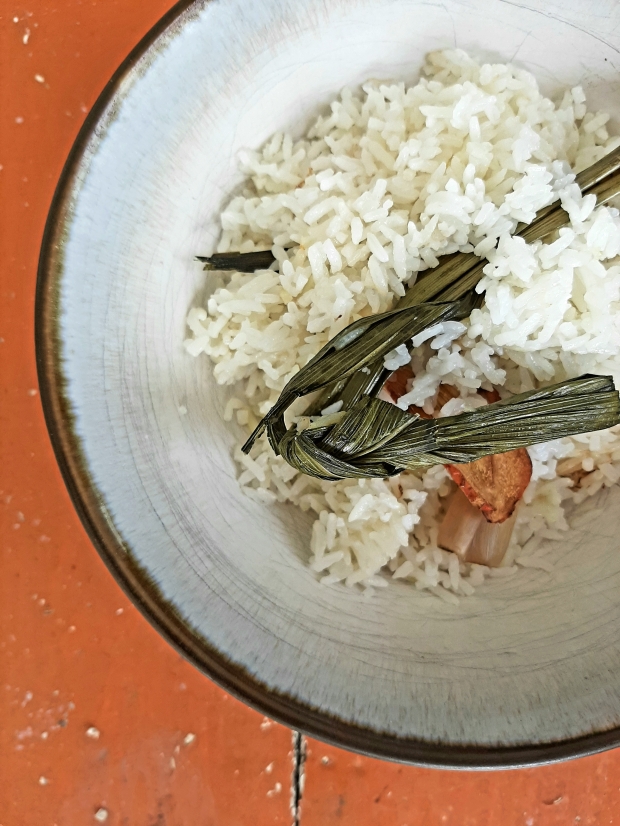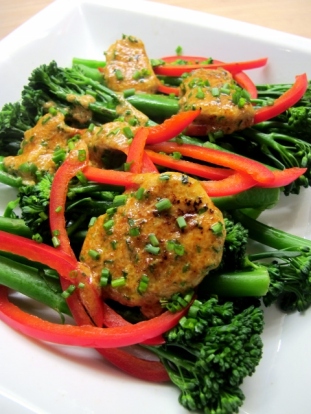It perhaps goes without saying, but we Asians do love our rice. From fried to steamed, fermented to ground; we work everyday miracles from this most humble grain.
Naturally my native Malaysia is no exception; in fact, in addition to an array of odes to rice, we have even concocted rice dishes of every colour and hue, covering the spectrum from a mellow yellow all the way to an alarming blue. The variety and choice are, frankly, dizzying. Nevertheless, ask a Malaysian what their favourite rice dish is and the most likely answer would be – nasi lemak!
Most commonly associated with breakfast, nasi lemak is arguably the nation’s favourite way to start the day. Fragrant with heady aromatics such as pandan leaf, this coconut enriched rice is the perfect soothing foil to the spicy condiments which are traditionally served alongside it.
At its most basic, nasi lemak bungkus (take-away) comes portioned into small mounds of rice, which are then topped with either a prawn, egg, or ikan bilis (dried anchovy), sambal. Each portion is then expertly wrapped up in a banana leaf and magicked into a three-sided dome – making for the ultimate Malaysian breakfast on-the-go. Aside from its simplistic bungkus variety, nasi lemak can also be an altogether extravagant affair. Served up each morning to queues of customers, a good nasi lemak place comes with a multitude of side dishes, from the classic beef rendang to assam prawns, and almost everything else in-between!
Regardless of the side dishes available, nasi lemak is almost always served with half a boiled egg, sliced cucumber, crunchy peanuts and a generous dollop of sambal goreng.

Nasi Lemak with the basics: sambal goreng, peanuts, boiled egg & sliced cucumber
Substitutes: Pandan is scarce outside Asia, and although it can be found in some major cities around the world, it is still not widely available to most of us. In the absence of fresh pandan, there are “essences” you can use instead – at a push these are actually fine, though fresh is always best. Unfortunately there is no substitute for pandan, so if you can’t source either, but still want to make nasi lemak, please do. Just omit the pandan altogether and use the galangal and lemongrass instead.
Note: In this post I’m focusing solely on the basic nasi lemak recipe, but if you would like to know more about what else to serve nasi lemak with, please follow the links to my recommendations at the end of the recipe.
To discover other delicious Malaysian recipes from The Muddled Pantry, please click here



